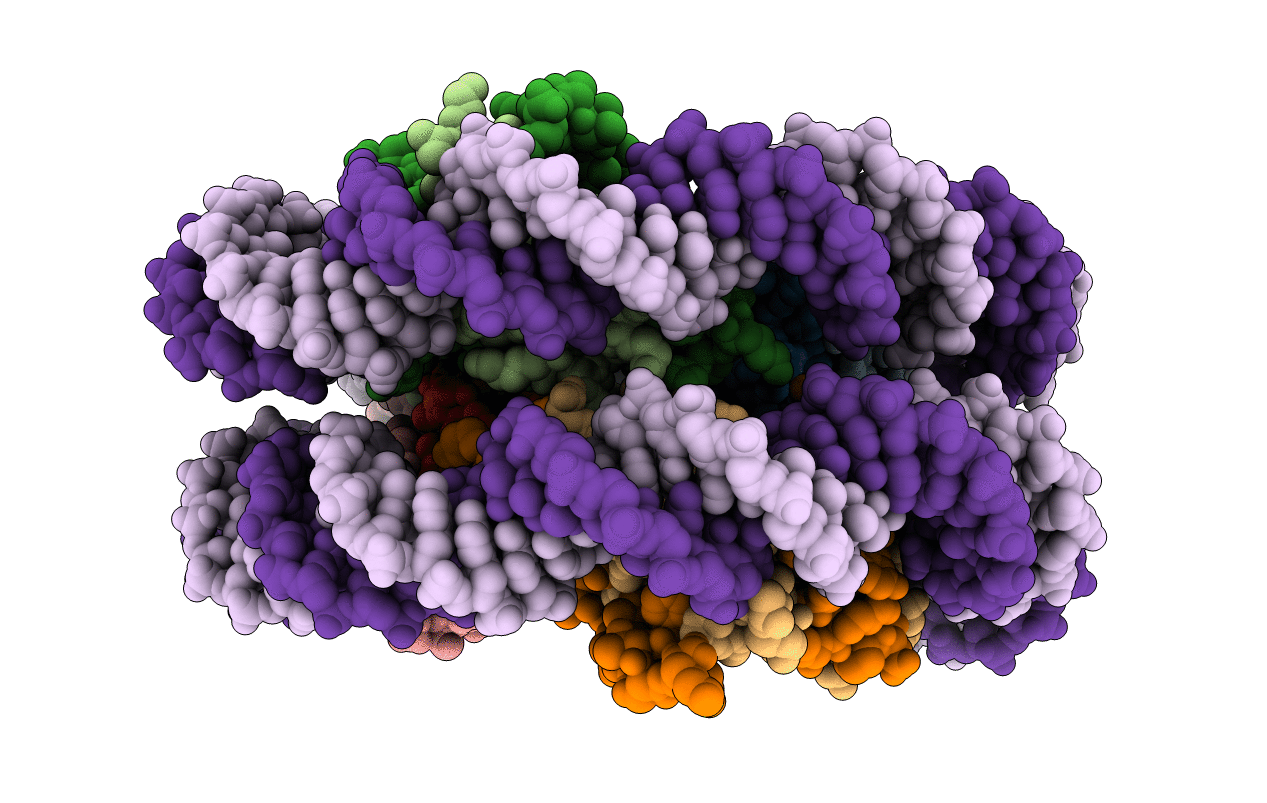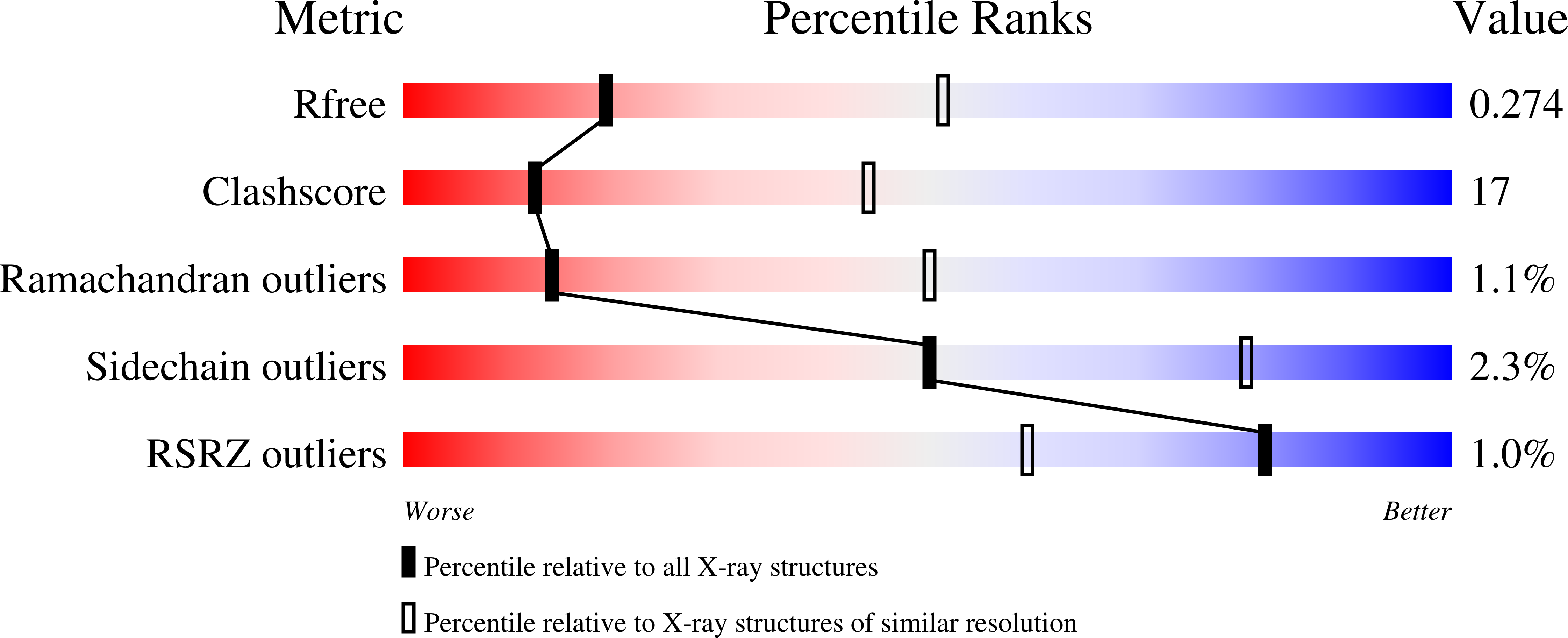
Deposition Date
2015-03-16
Release Date
2015-10-14
Last Version Date
2024-11-20
Entry Detail
PDB ID:
4YS3
Keywords:
Title:
Nucleosome disassembly by RSC and SWI/SNF is enhanced by H3 acetylation near the nucleosome dyad axis
Biological Source:
Source Organism:
Xenopus laevis (Taxon ID: 8355)
Homo sapiens (Taxon ID: 9606)
Homo sapiens (Taxon ID: 9606)
Host Organism:
Method Details:
Experimental Method:
Resolution:
3.00 Å
R-Value Free:
0.27
R-Value Work:
0.22
Space Group:
P 21 21 21


